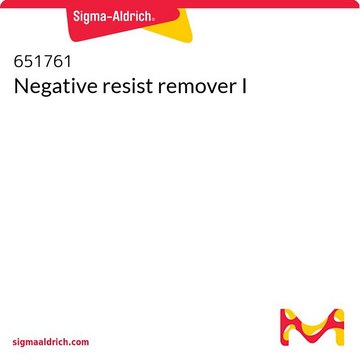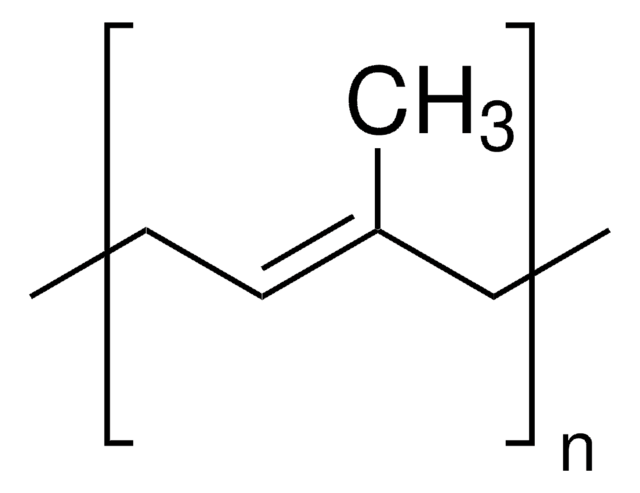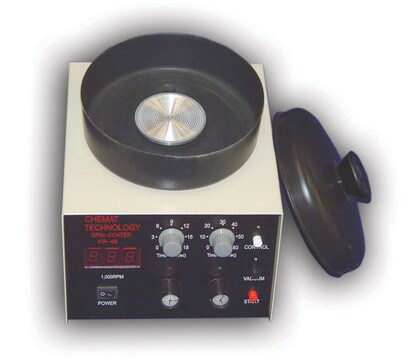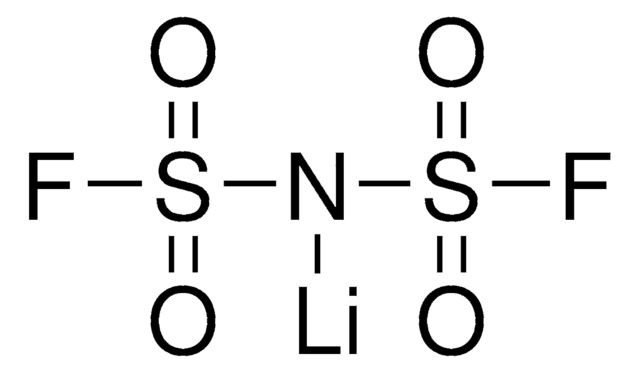Recommended Products
mol wt
average Mw 60,000-70,000 (polyisoprene)
Quality Level
composition
solids, 27-29 wt. %
dielectric constant
2.4
surface tension
29.2 dyn/cm
viscosity
465-535 cP(25 °C)
bp
122-142 °C (lit.)
density
0.89 g/mL at 25 °C (lit.)
λmax
310-480 nm
storage temp.
2-8°C
InChI
1S/C14H28O2/c1-4-5-6-7-8-9-10-13-15-11-14(2,3)12-16-13/h13H,4-12H2,1-3H3
InChI key
UBZVSDZJBLSIJG-UHFFFAOYSA-N
Related Categories
General description
Signal Word
Danger
Hazard Statements
Precautionary Statements
Hazard Classifications
Acute Tox. 4 Dermal - Acute Tox. 4 Inhalation - Aquatic Chronic 3 - Asp. Tox. 1 - Eye Irrit. 2 - Flam. Liq. 3 - Repr. 1B - Skin Irrit. 2 - STOT SE 3
Target Organs
Respiratory system
Storage Class Code
3 - Flammable liquids
WGK
WGK 3
Flash Point(F)
75.2 °F - closed cup
Flash Point(C)
24 °C - closed cup
Personal Protective Equipment
Choose from one of the most recent versions:
Already Own This Product?
Find documentation for the products that you have recently purchased in the Document Library.
Protocols
Our photoresist kit was designed to have the necessary chemical components for each step in the lithographic process. The component materials are provided in pre-weighed quantities for your convenience. Etchants are available separately so that the proper etchant can be chosen for a variety of substrate choices.
Our team of scientists has experience in all areas of research including Life Science, Material Science, Chemical Synthesis, Chromatography, Analytical and many others.
Contact Technical Service











